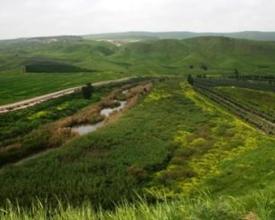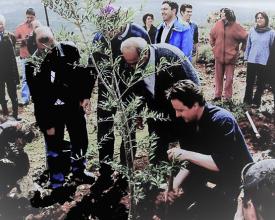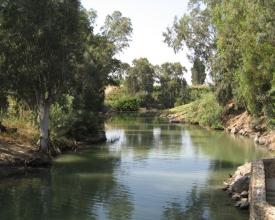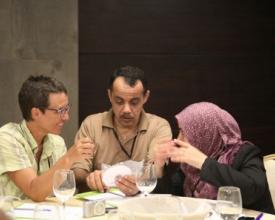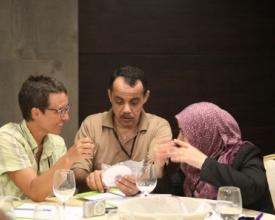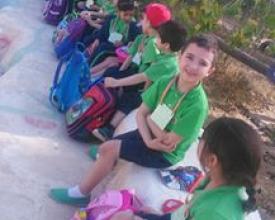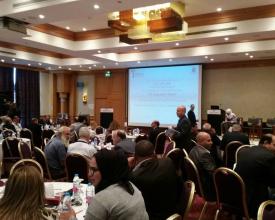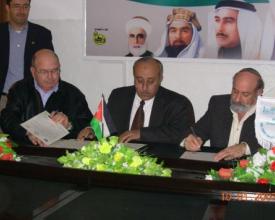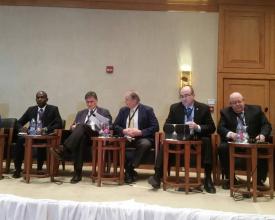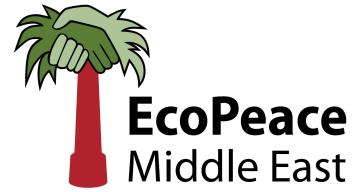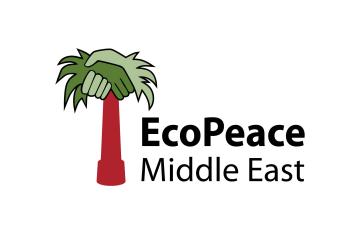
Good Water Neighbors: Rehabilitating the Jordan River through transboundary cooperation
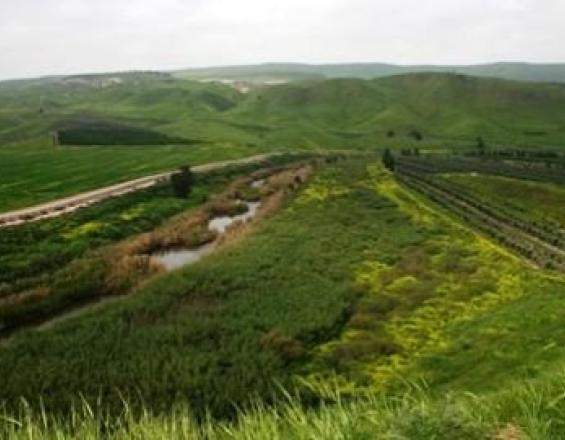
Context
Challenges addressed
A conflict mindset that urges upstream landholders to grab as much water as possible has led the Jordan River to be a mere trickle of what it originally was with 94% of the original water flow diverted. The water flow has a high concentration of sewage, fishpond effluents and agriculture runoff, despite its incredible environmental importance to the world, as a migration stopover for 500 million birds every year. The Jordan River is a border area surrounded by minefields, checkpoints and fences. The physical separation guarantees a complete lack of interaction between communities across the conflict; it secures a fear and lack understanding for people on the other side. It exacerbates the feeling of injustice and resentment. As a result, the quality of the environment, social stability and economic opportunities have been held hostage to the conflict.
Location
Process
Summary of the process
Building Blocks
Bottom Up - Grassroot initiative
Enabling factors
Lesson learned
Top Down - National and International initiative
Enabling factors
Lesson learned
Impacts
Beneficiaries
The project delivers increased sustainability from an economic, social and environmental perspective. The beneficiaries are the citizens, the governments, international visitors, other stakeholders, and the global environment.

